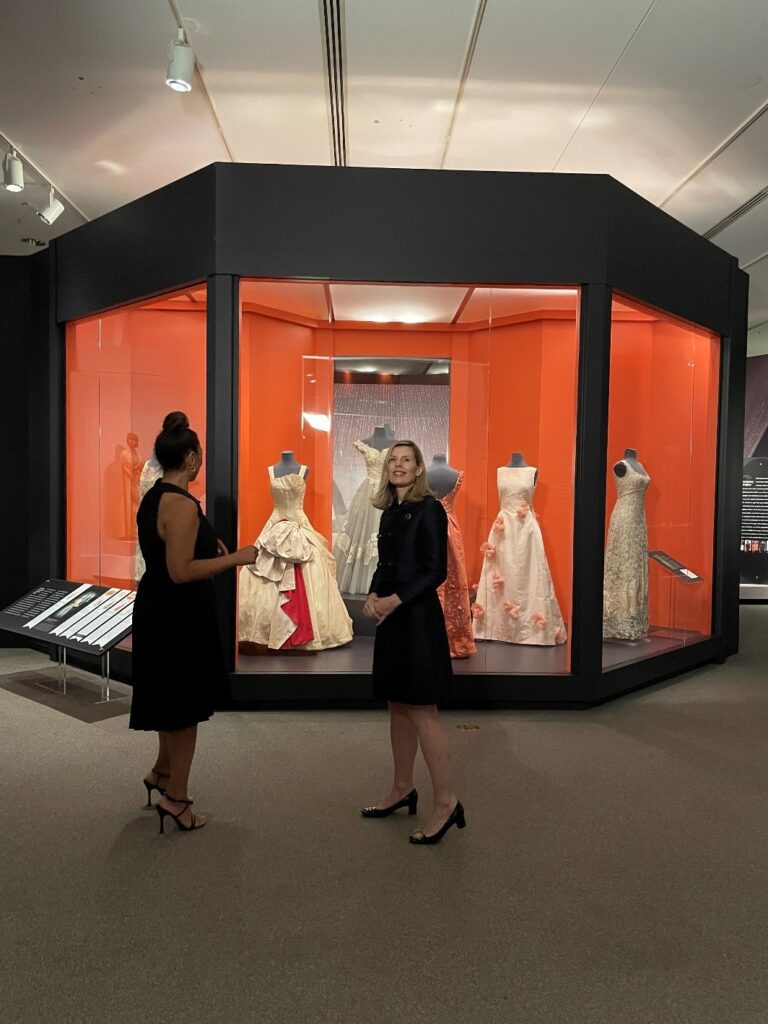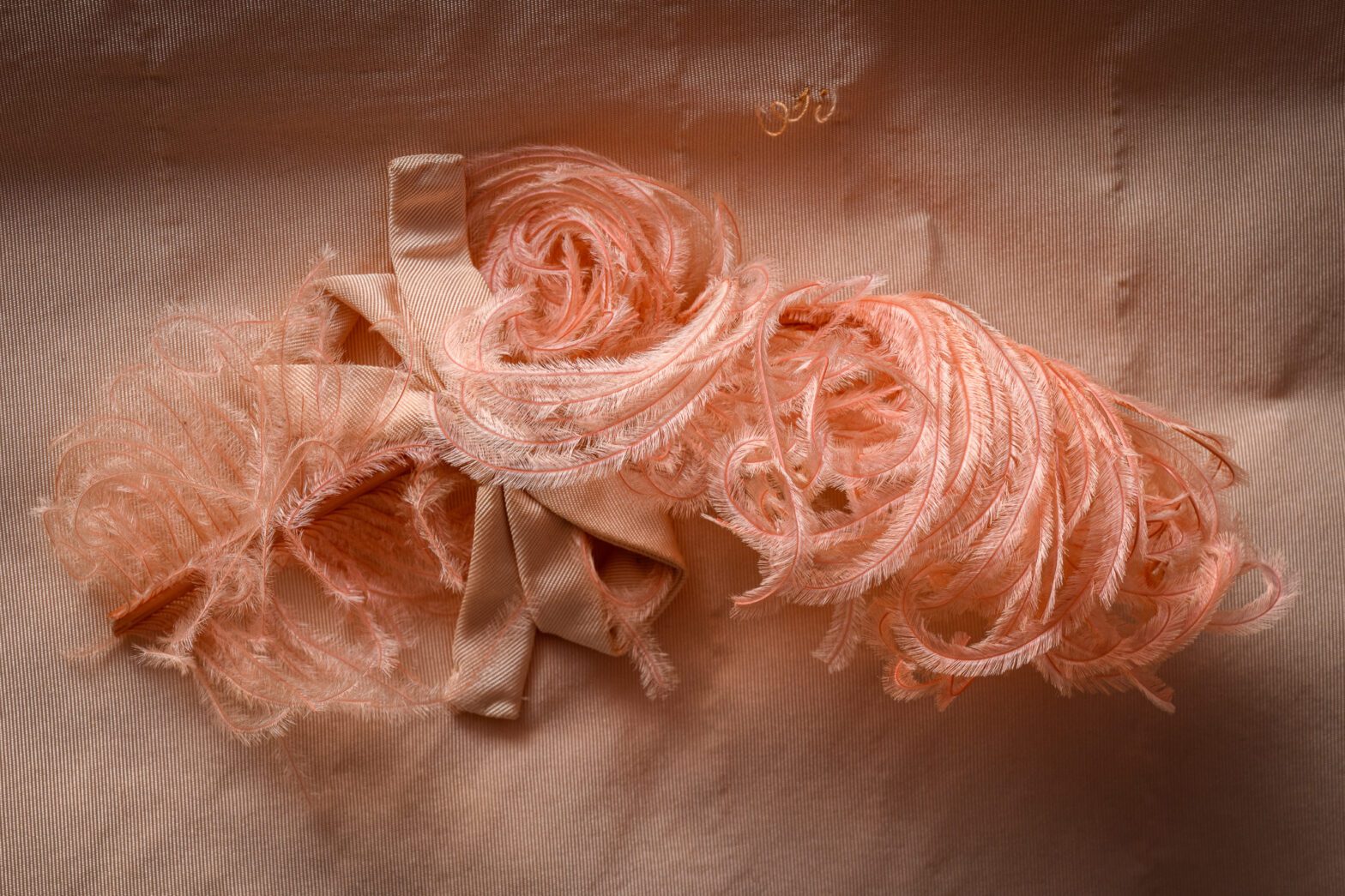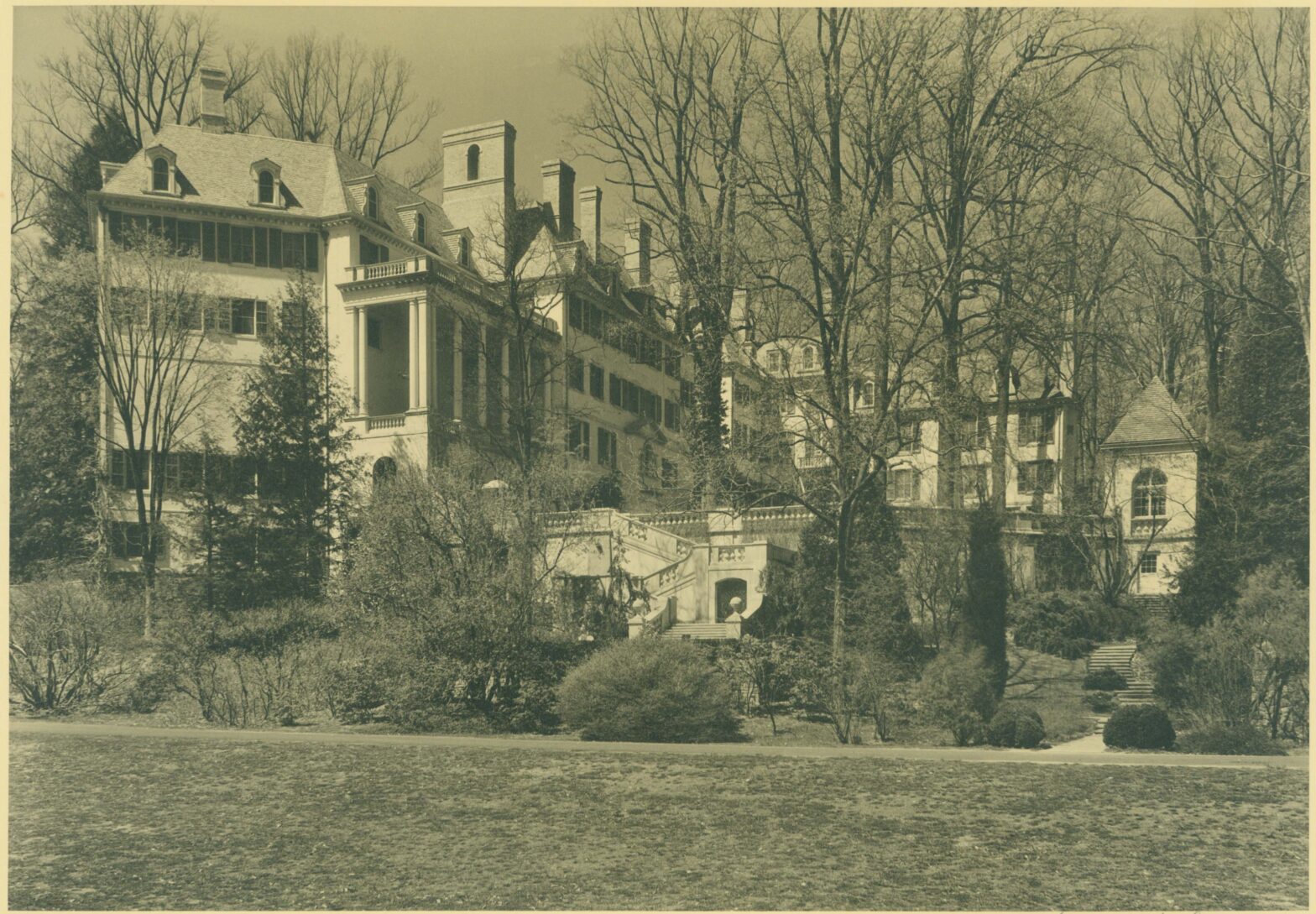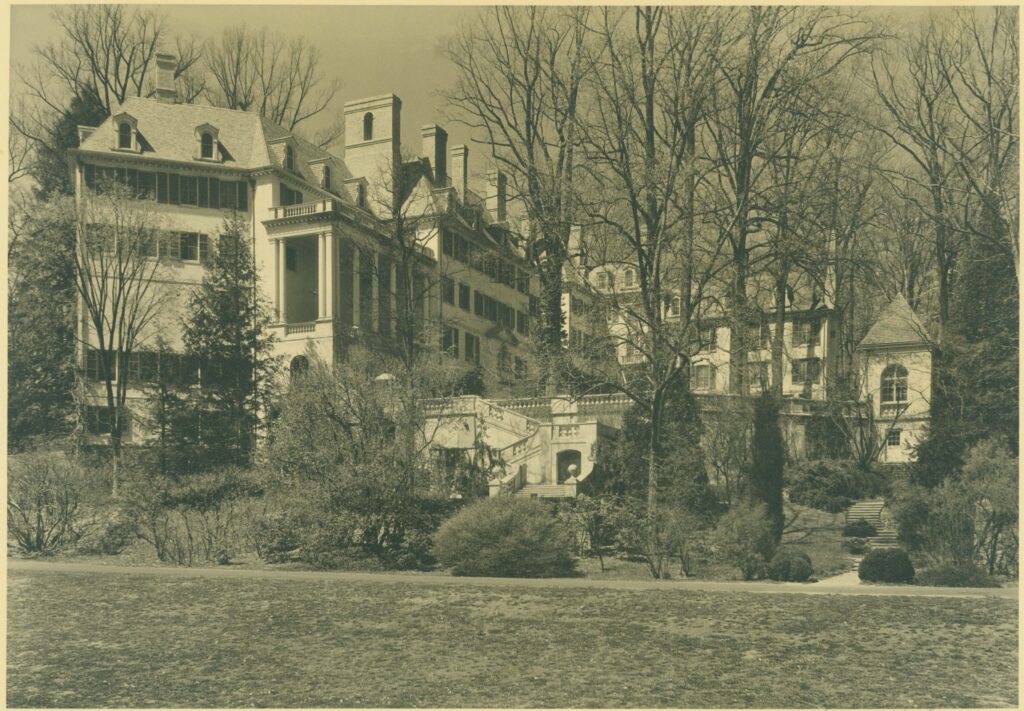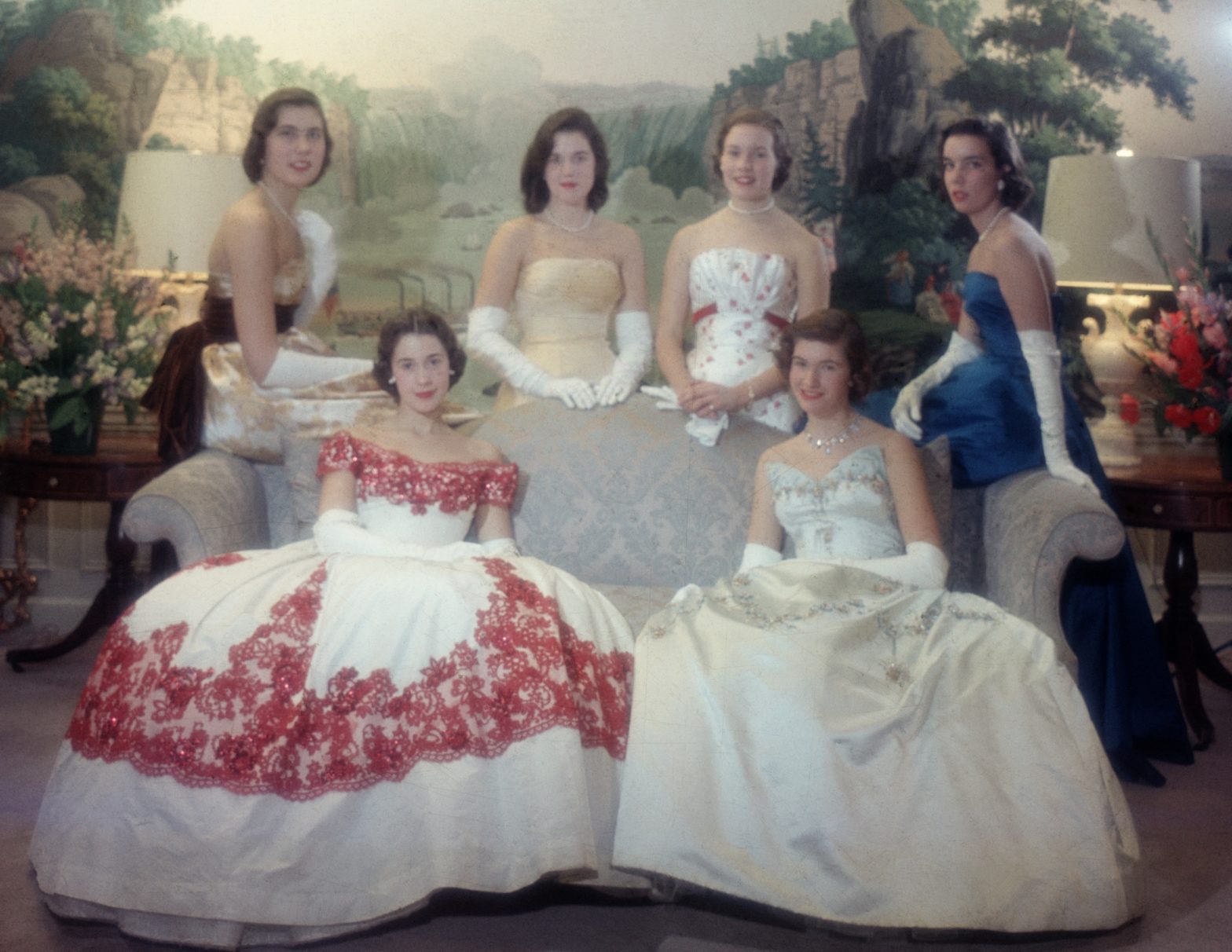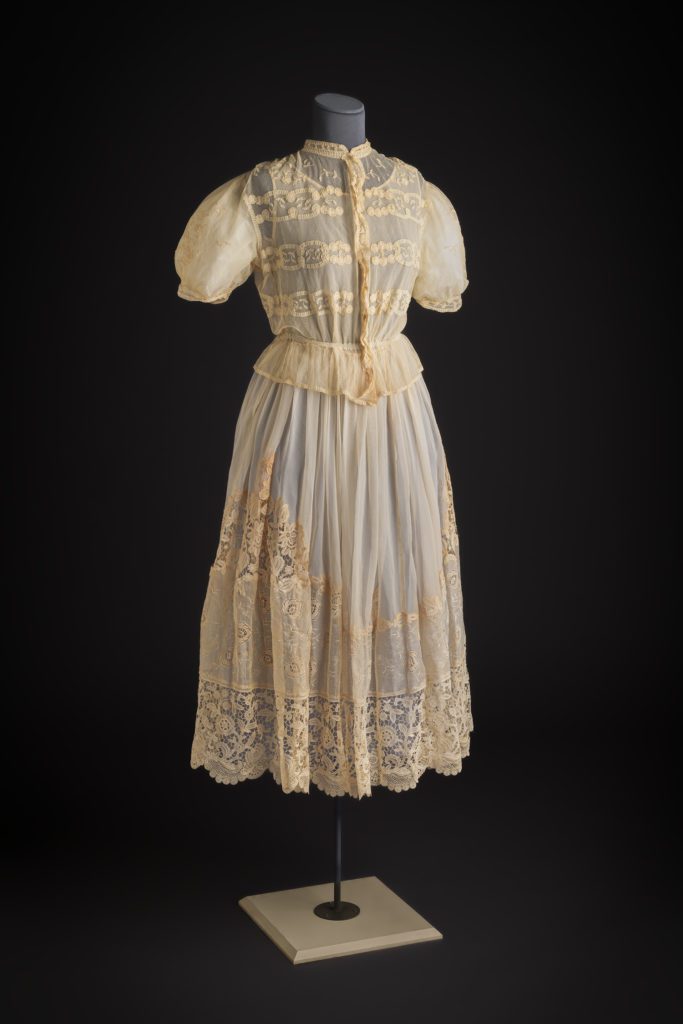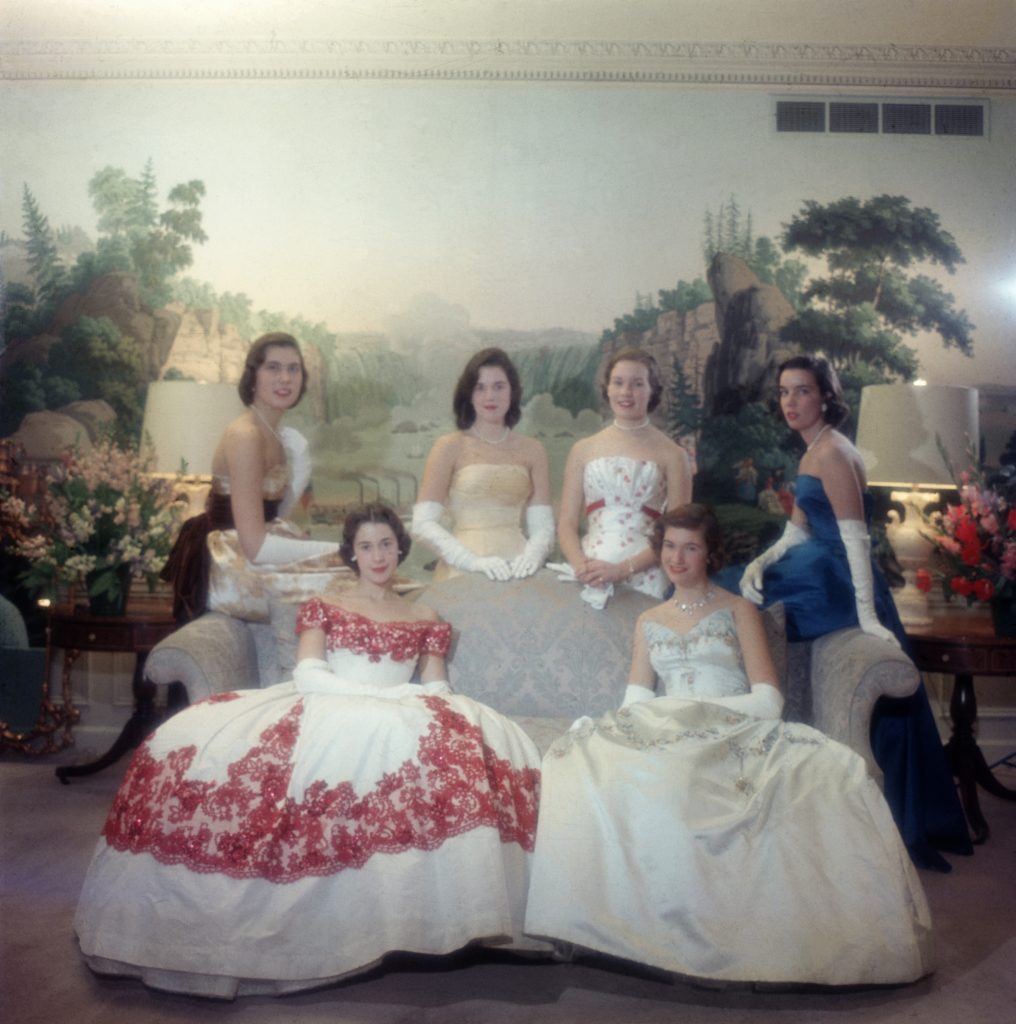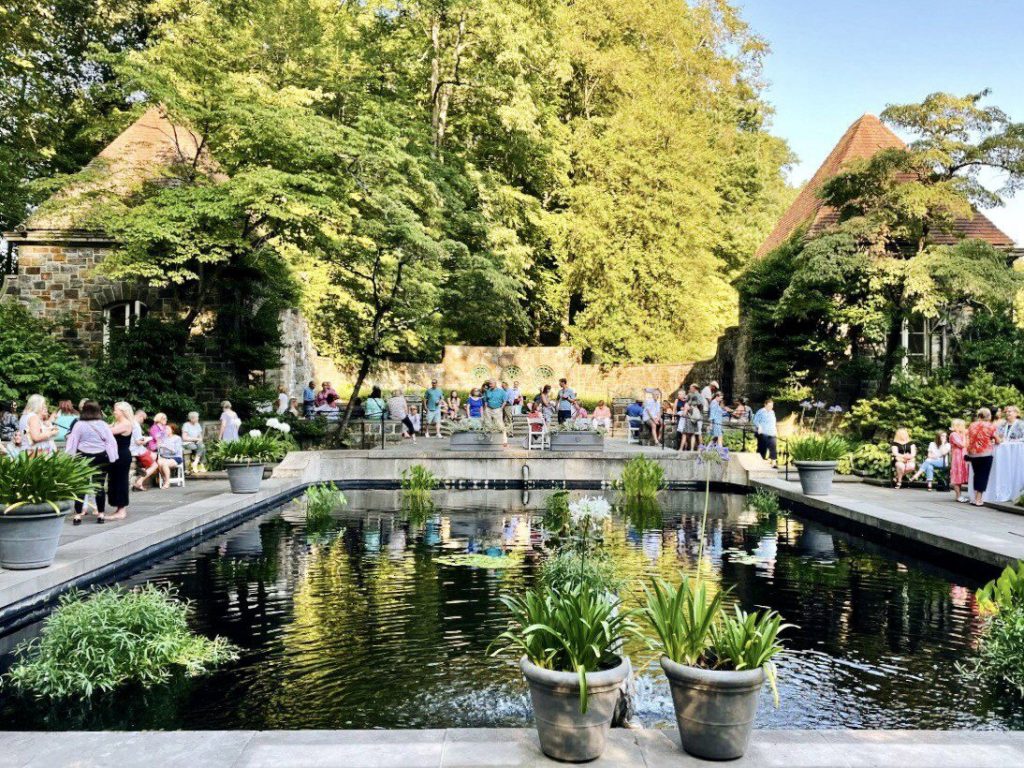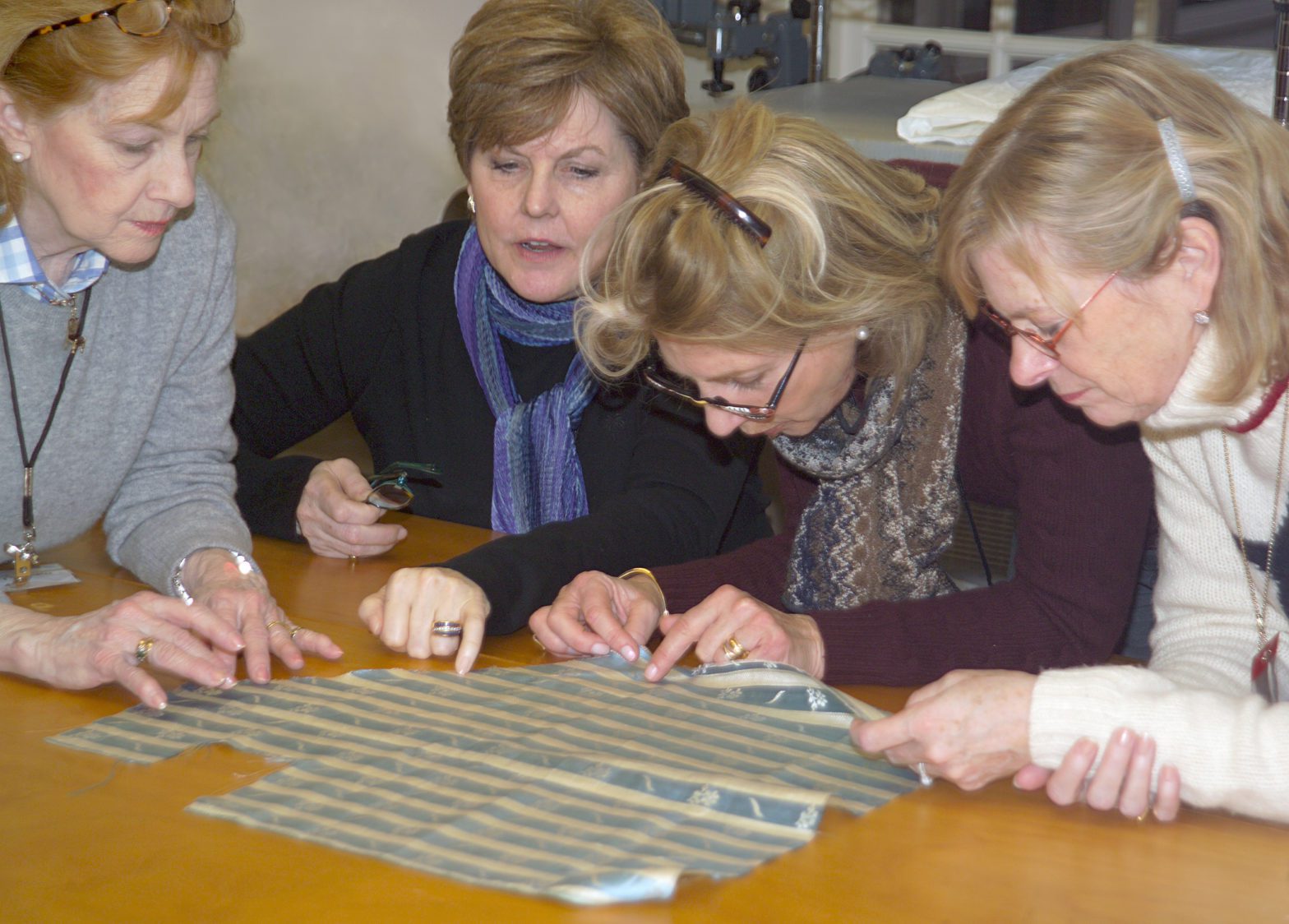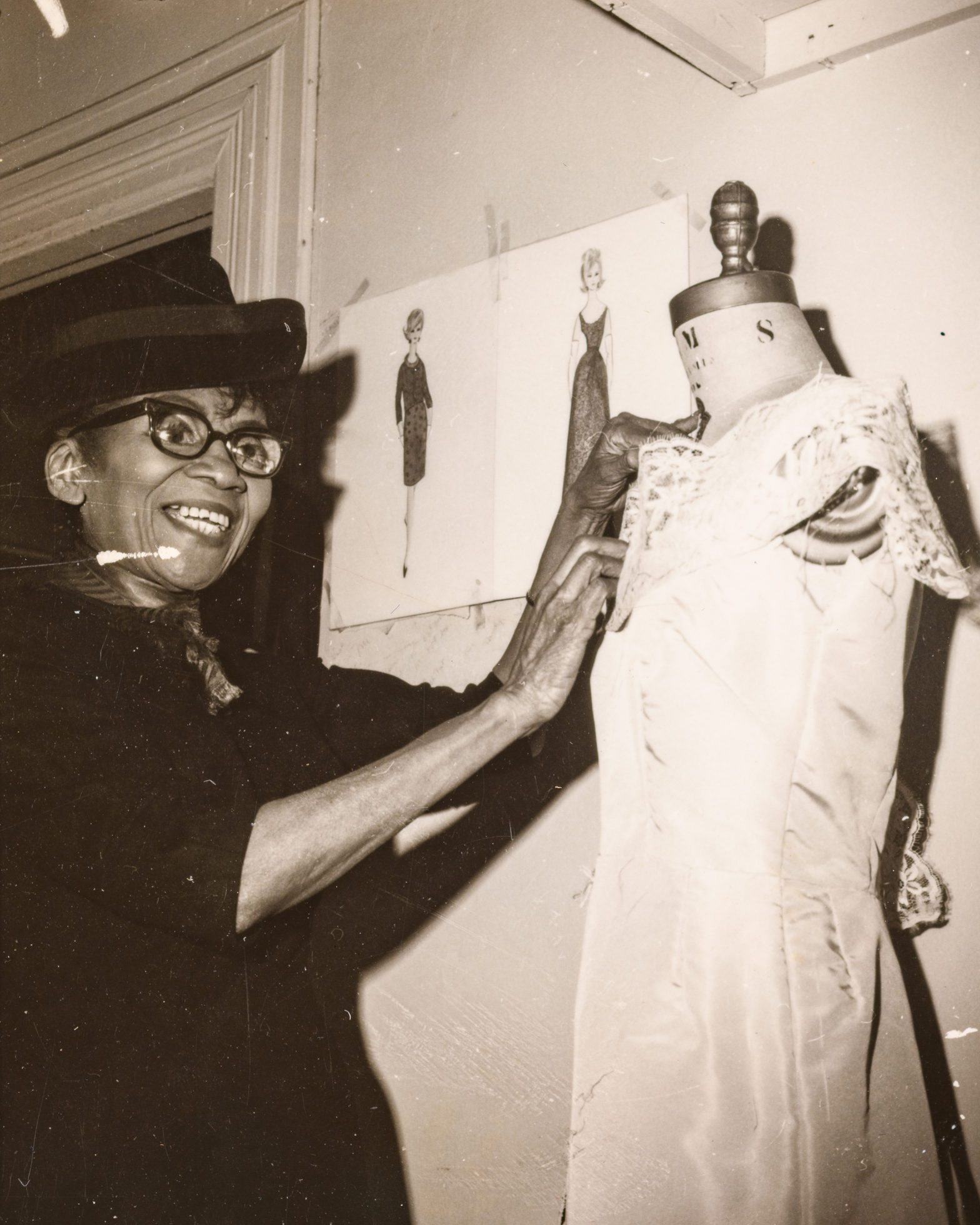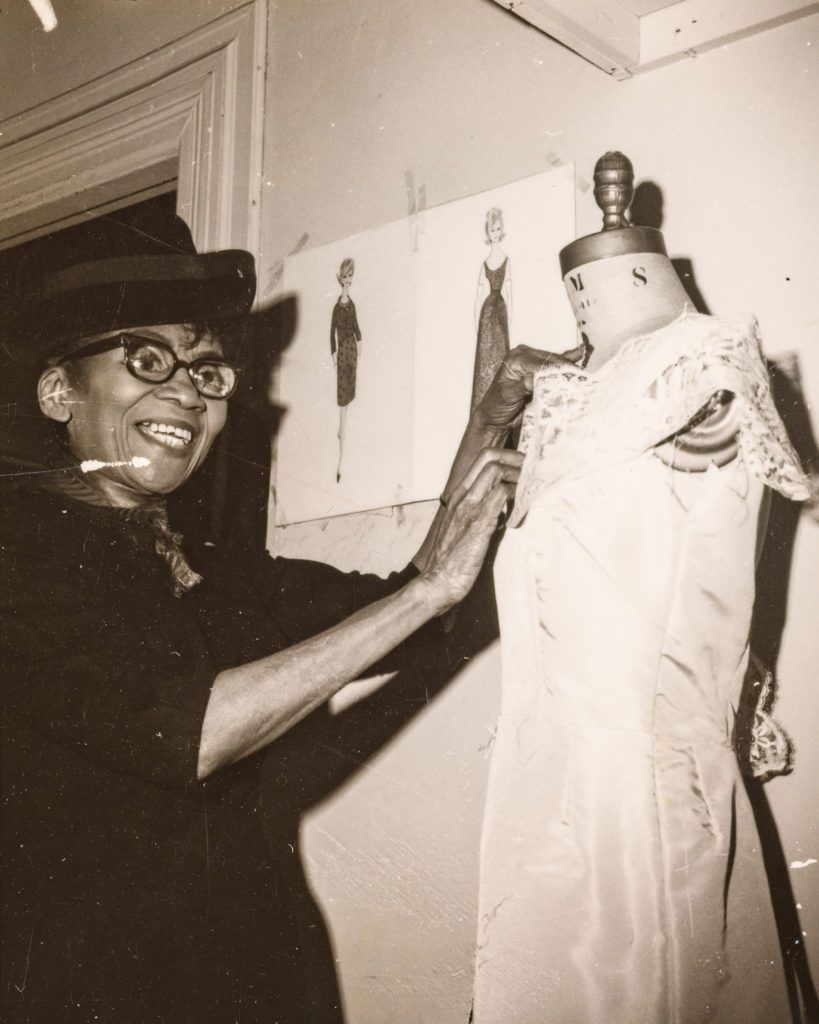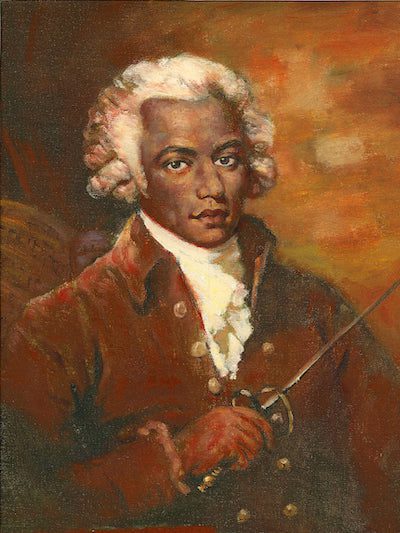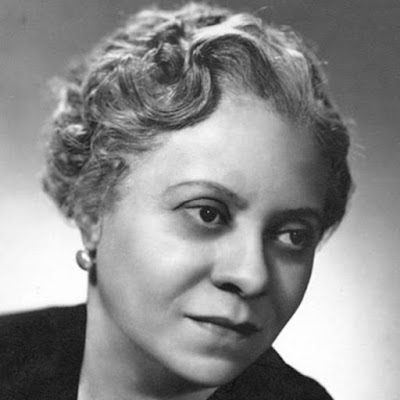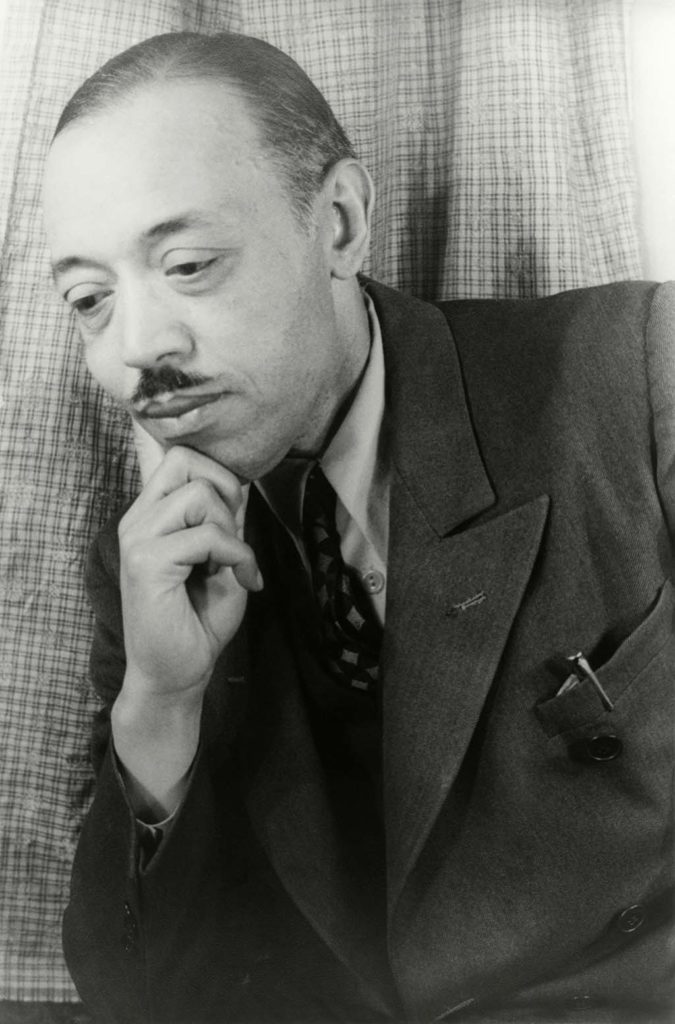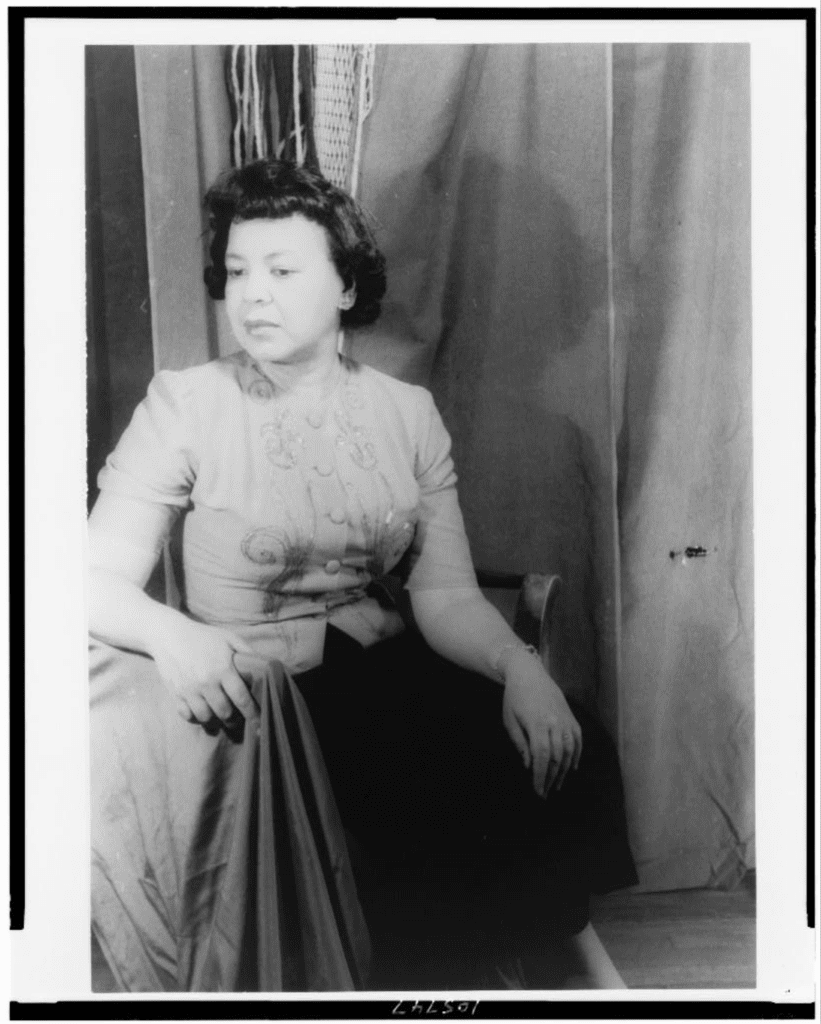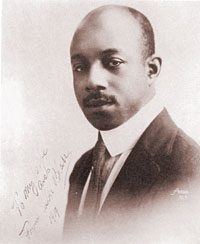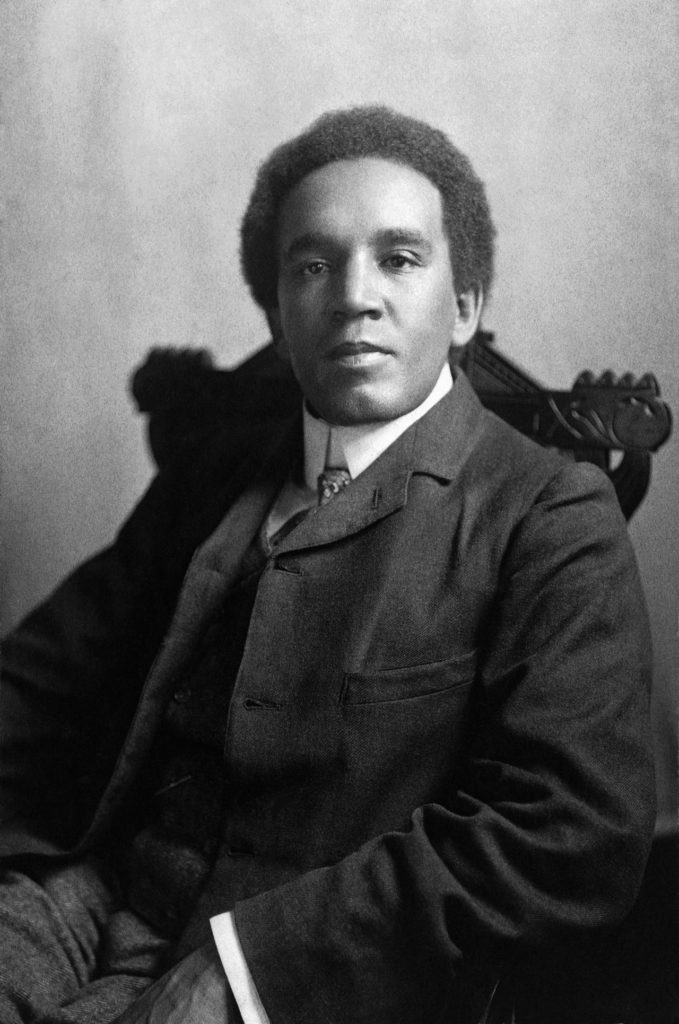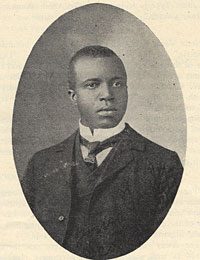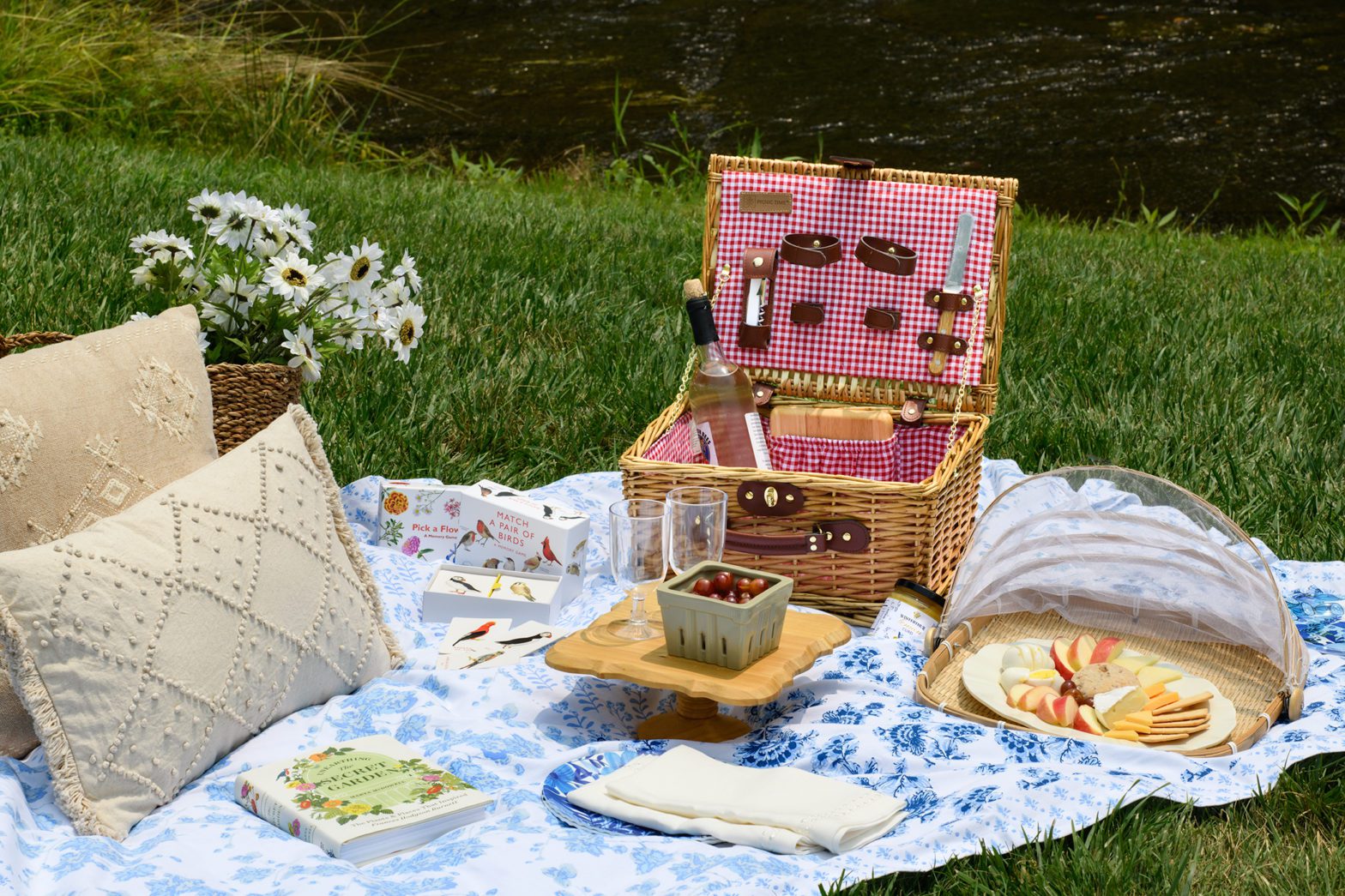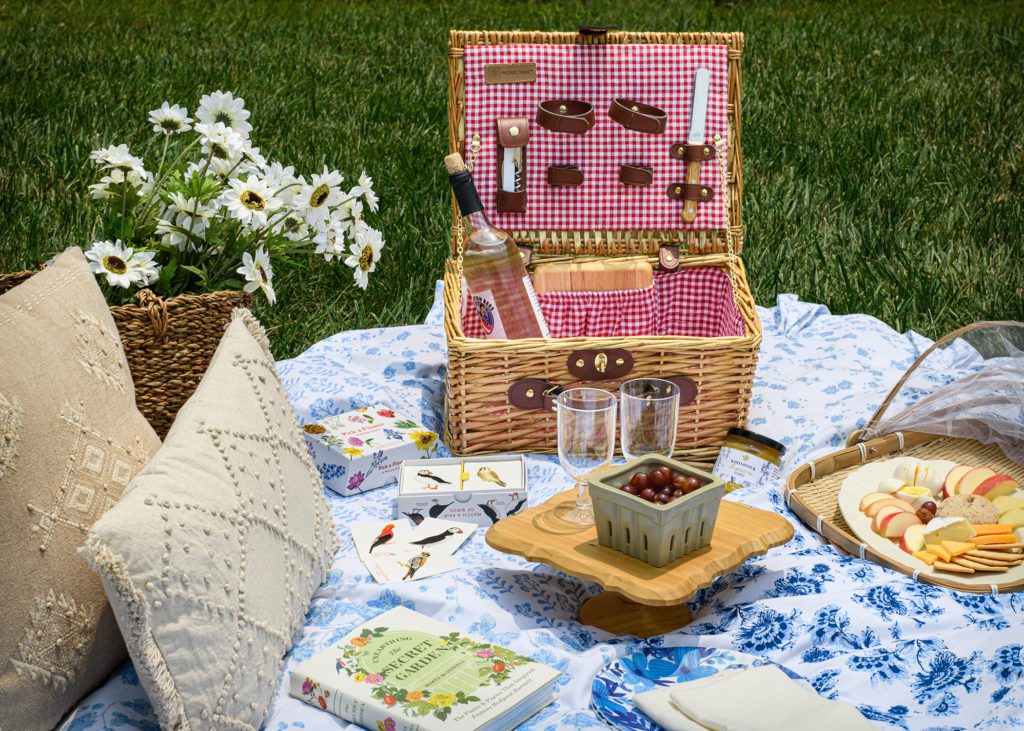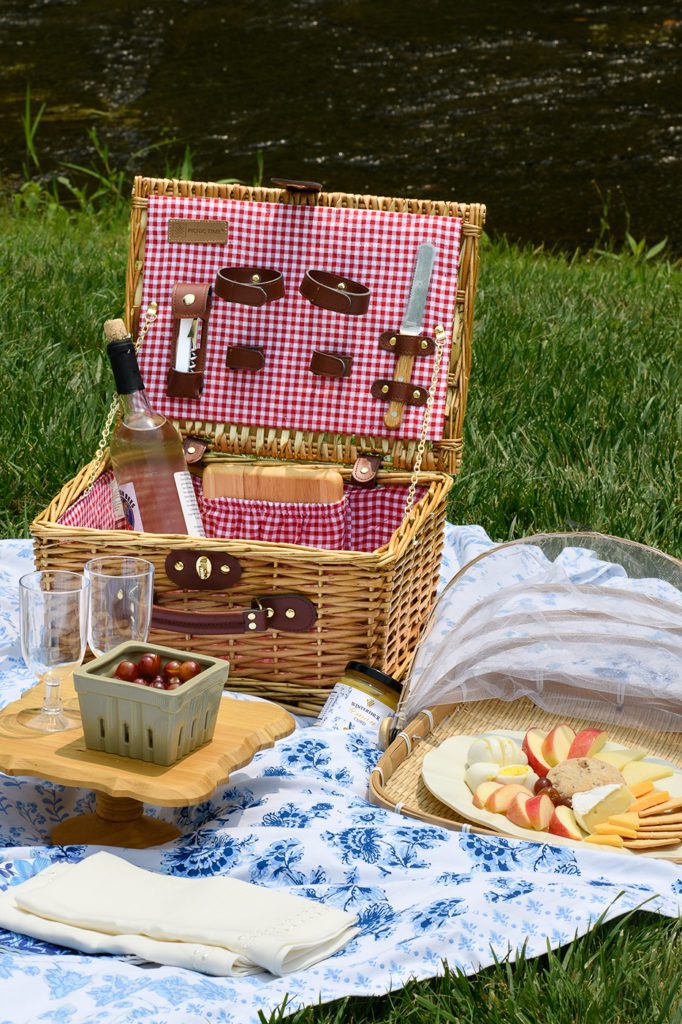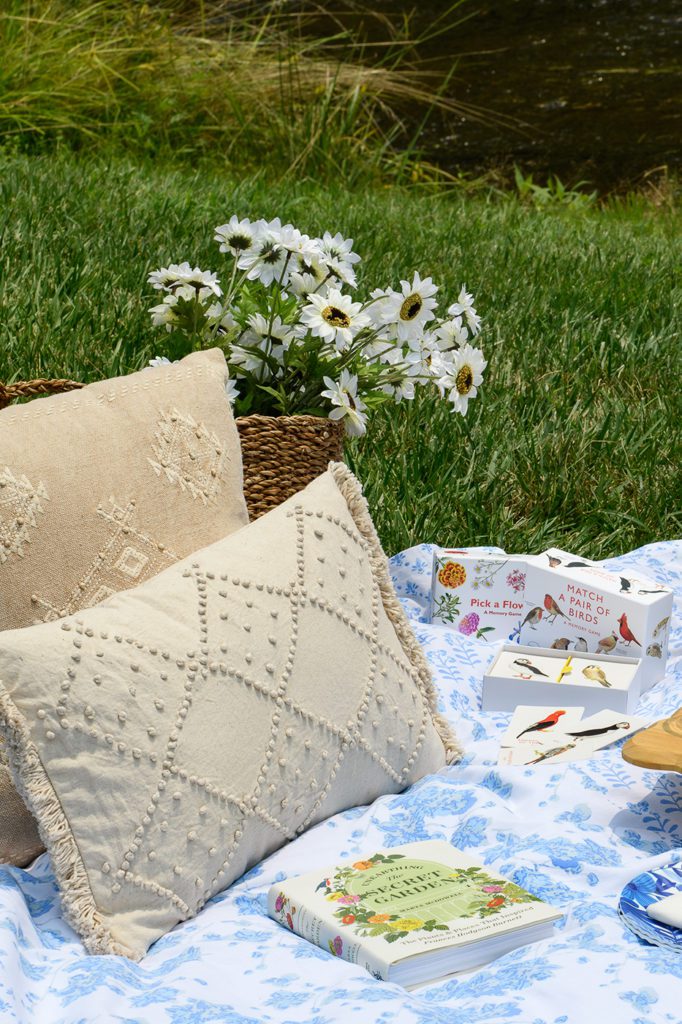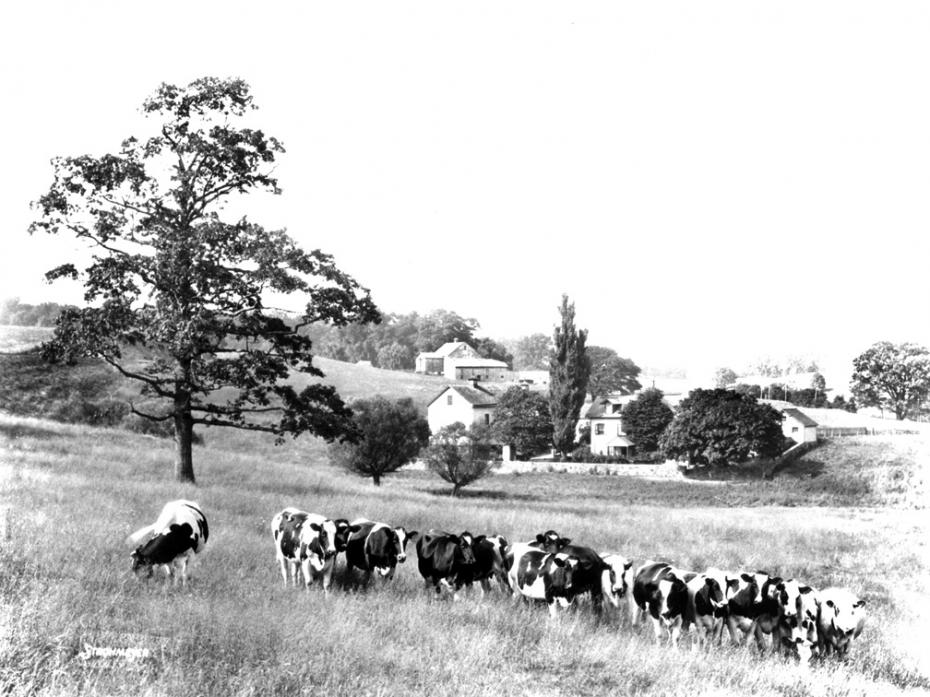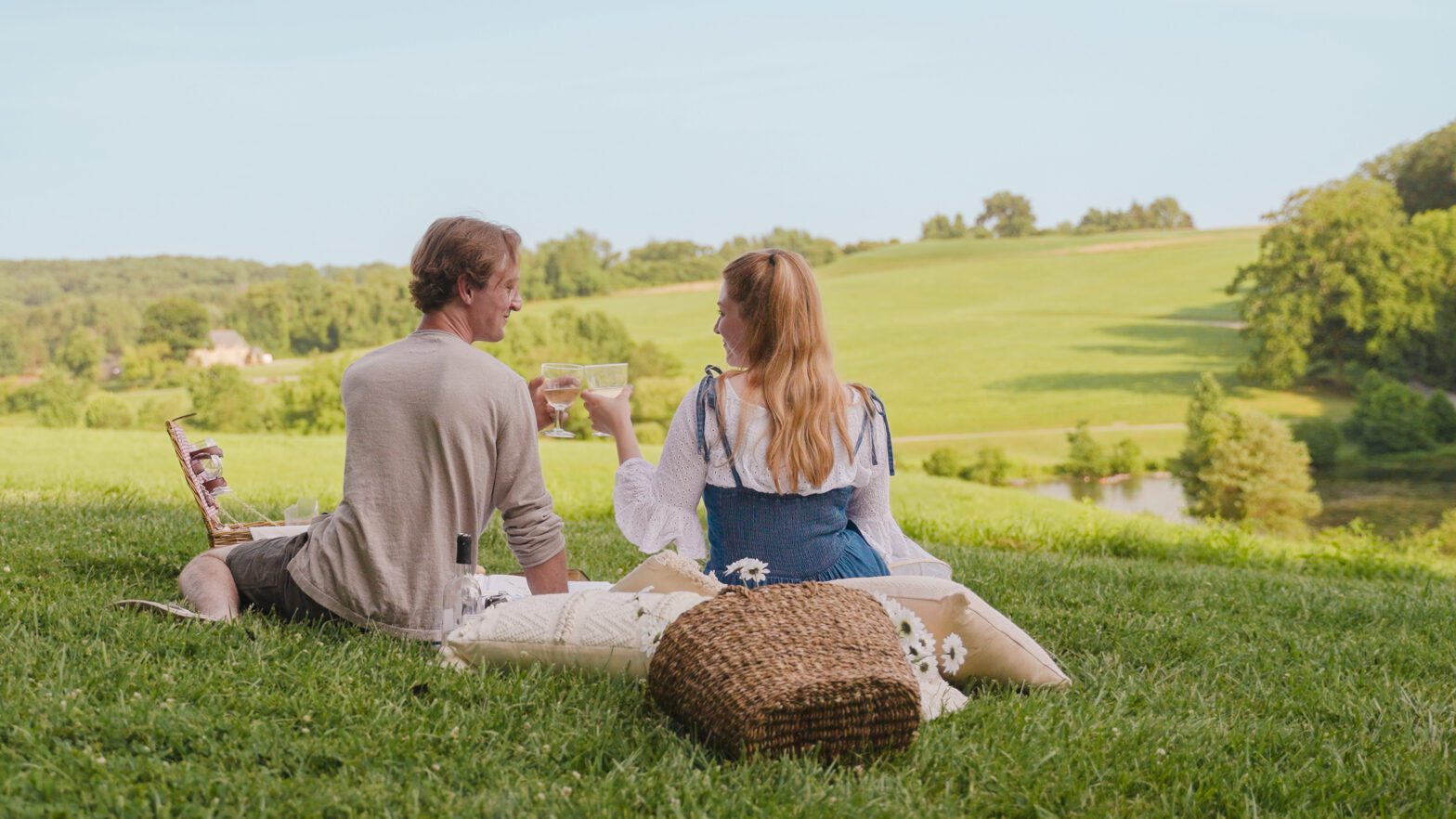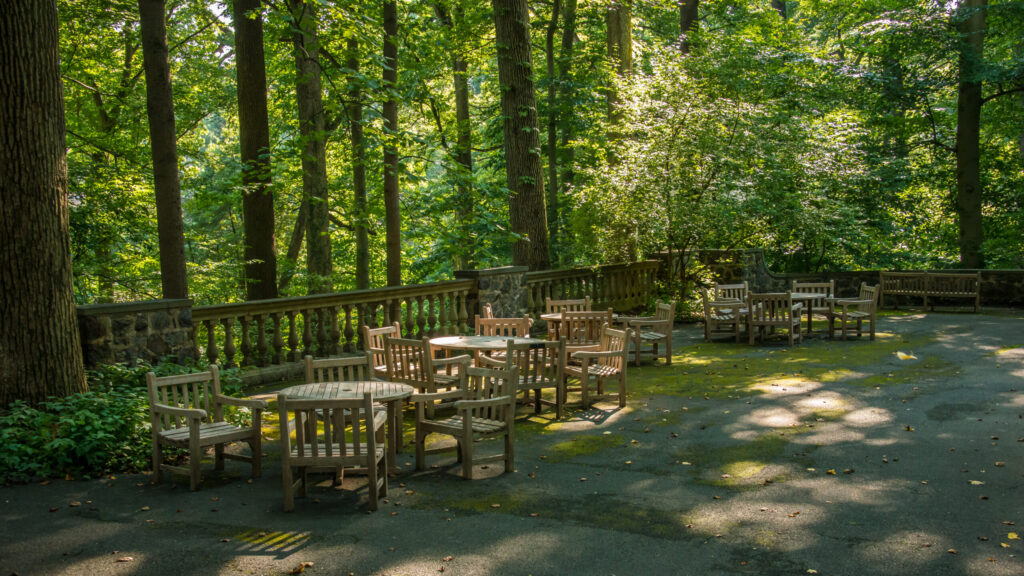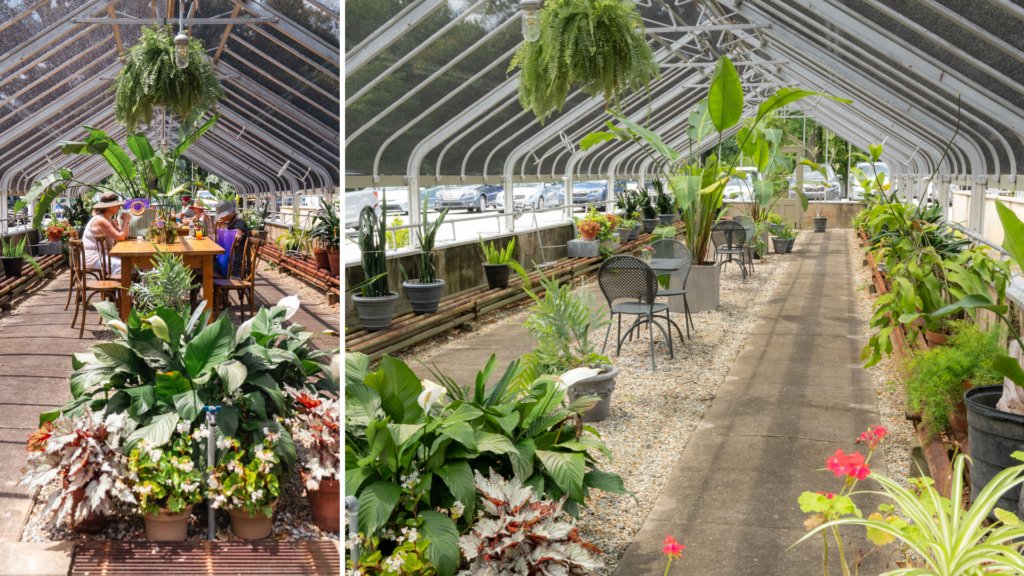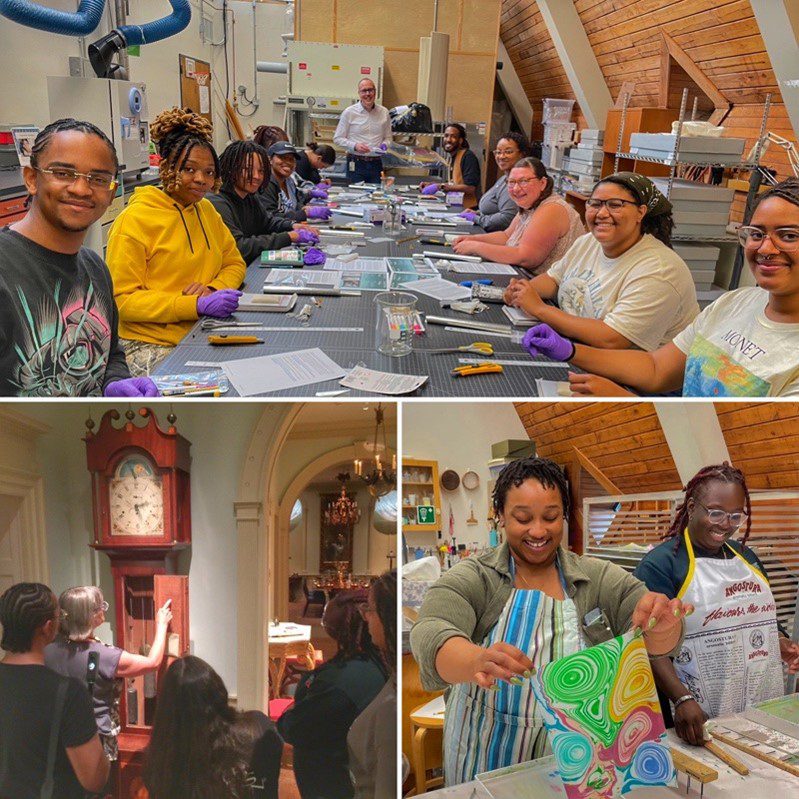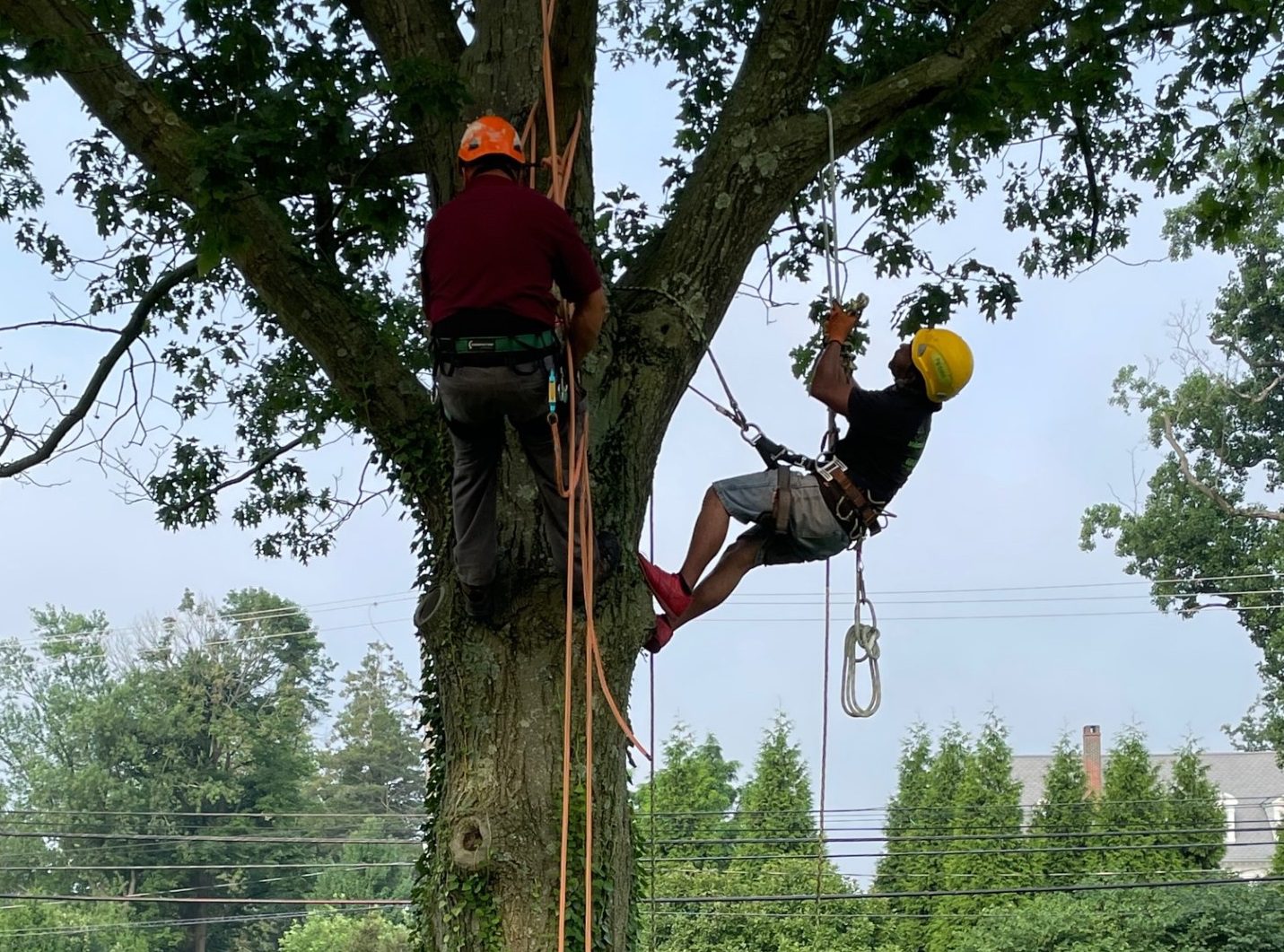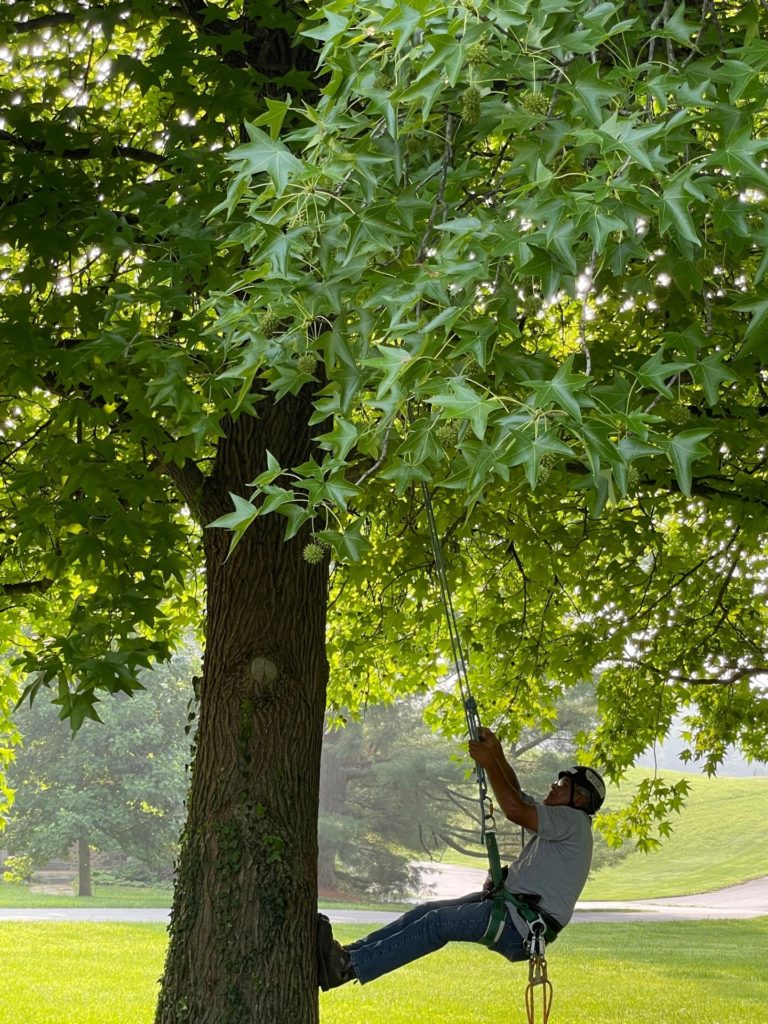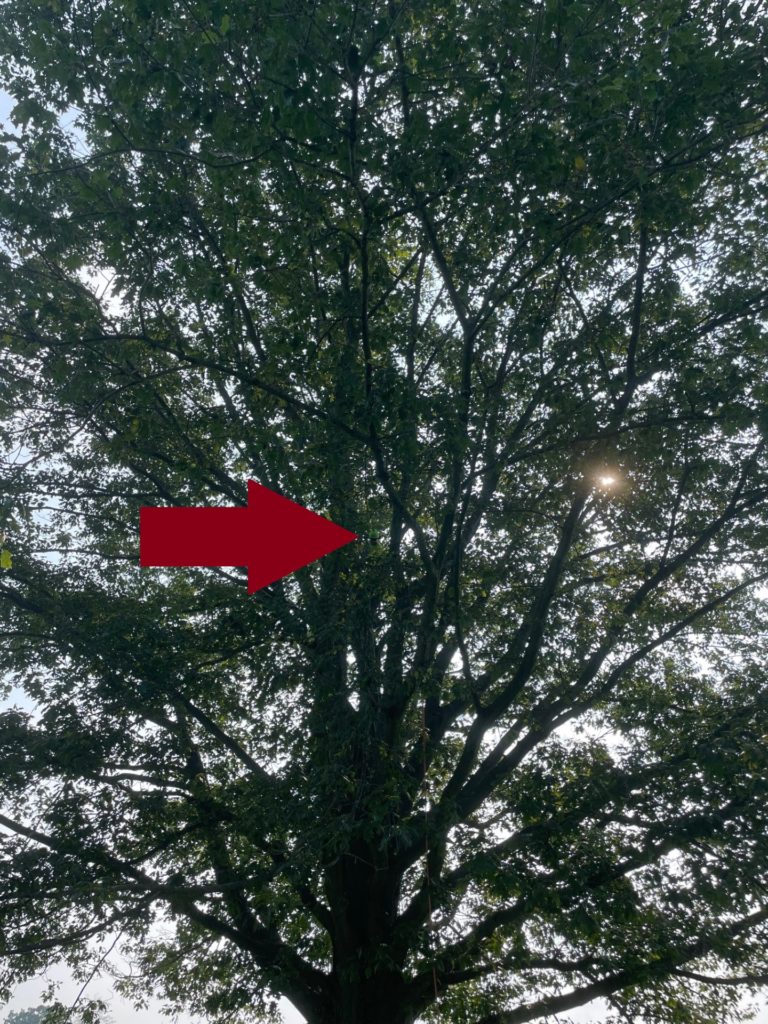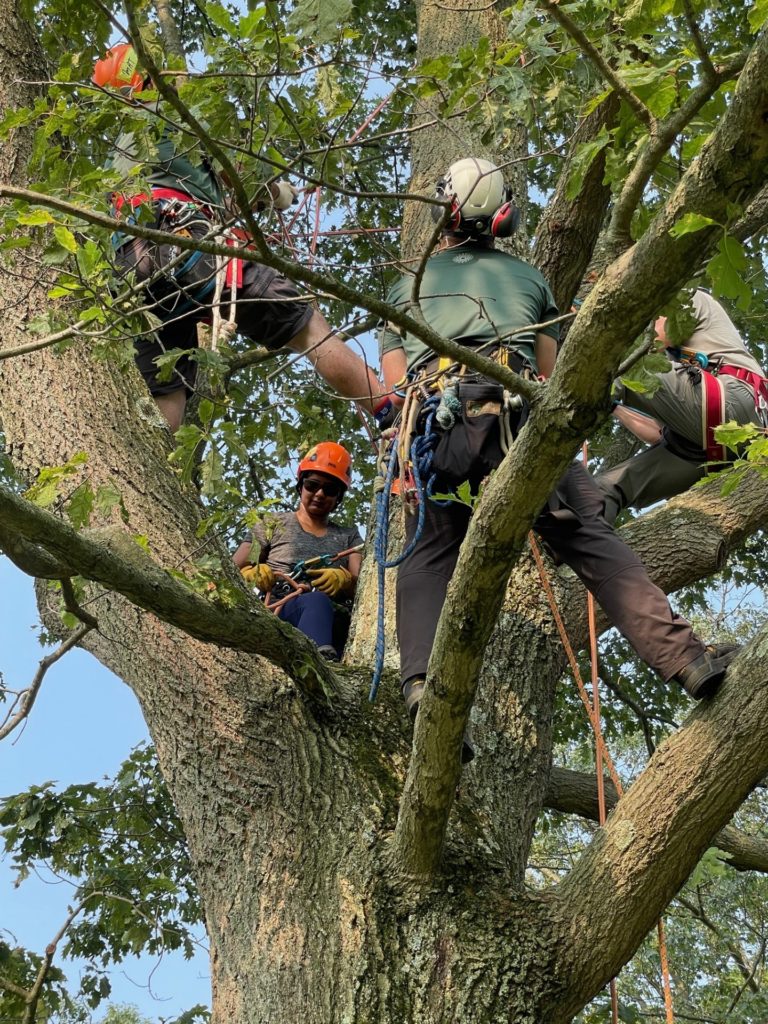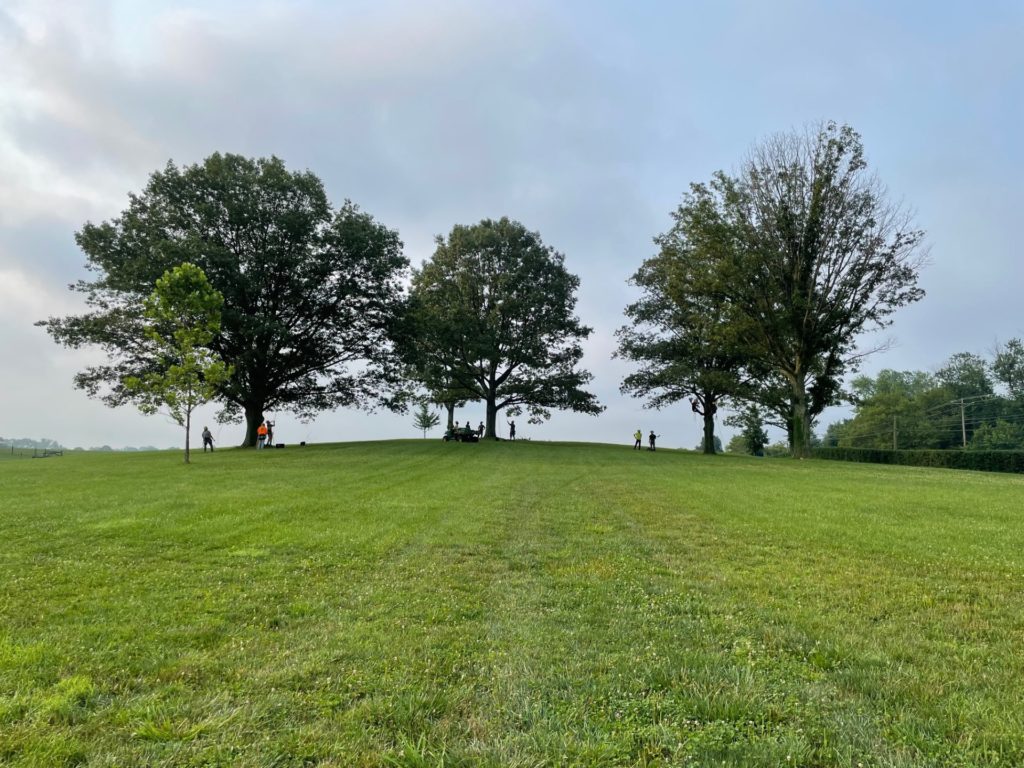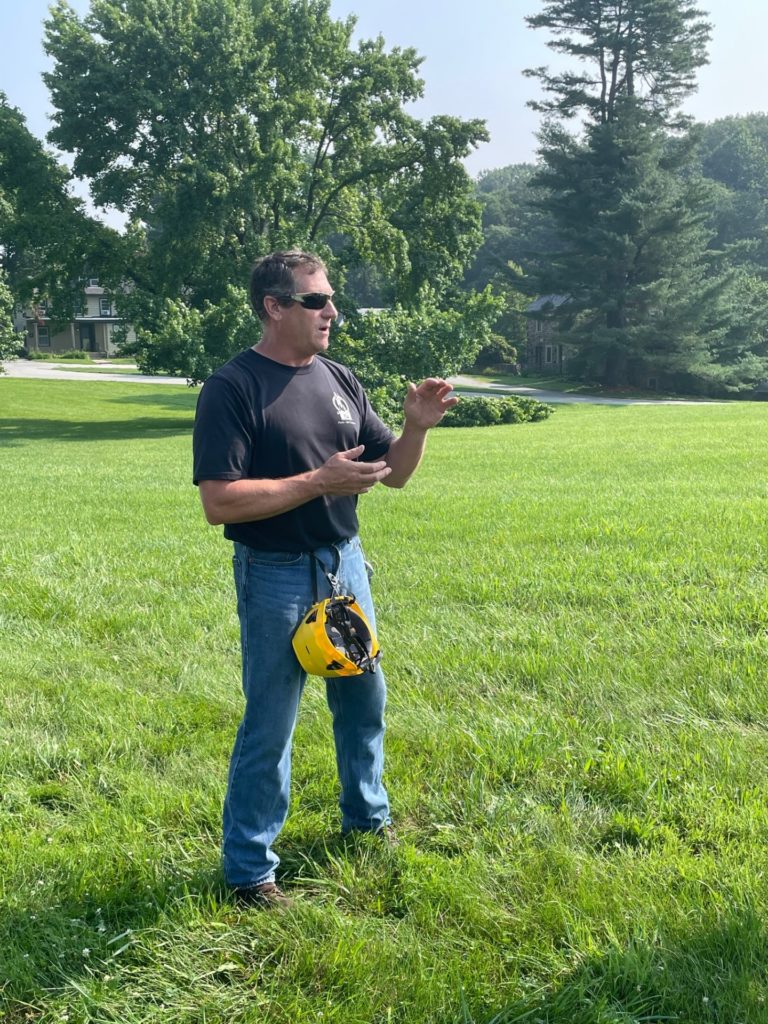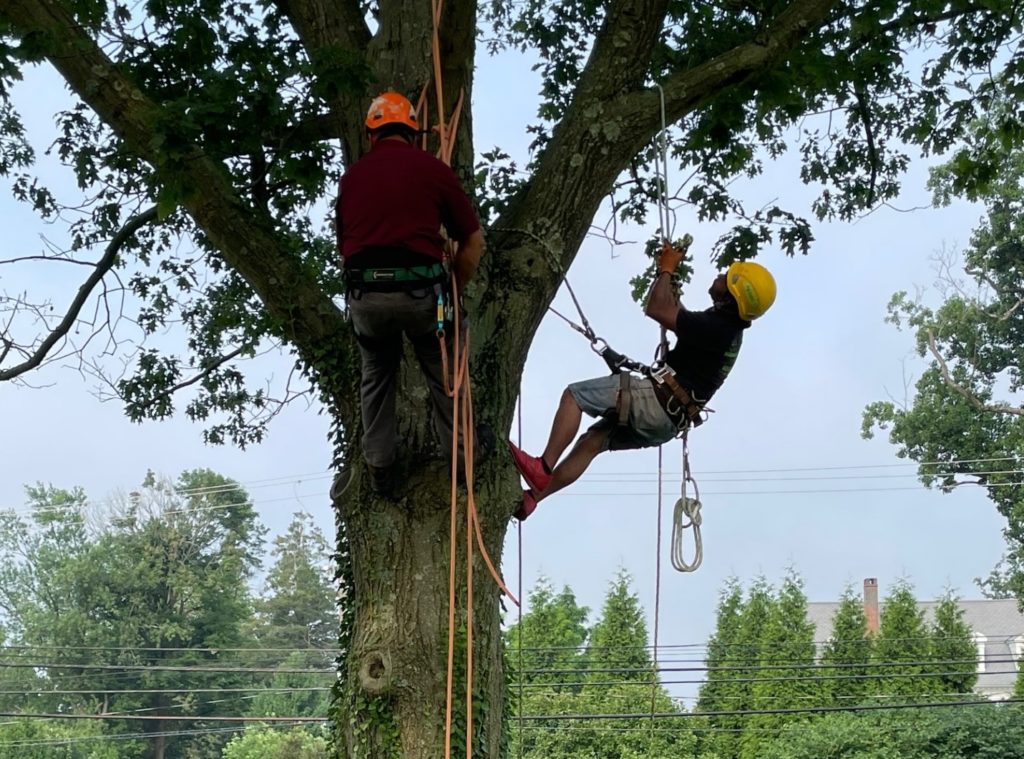Thousands of hours of work have been reverently spent preparing Winterthur’s new exhibition, Ann Lowe: American Couturier.
The show celebrates the largely unsung achievements of a fashion designer who worked mostly in anonymity—largely because she was black—among high society for decades. One of the highlights of her career was creating the wedding gown that Jacqueline Bouvier wore when she married John F. Kennedy in 1953. The dress had to be recreated in exquisite detail for the Lowe exhibition because the original gown is too fragile to display.
But each of the unique dresses in the exhibition has its own marvelous details.
One such detail is the ostrich feathers that adorn a light salmon dress from the collection of Sharman Stoddard Peddy. Lowe made the dress for Madeleine Couture in New York in 1964.
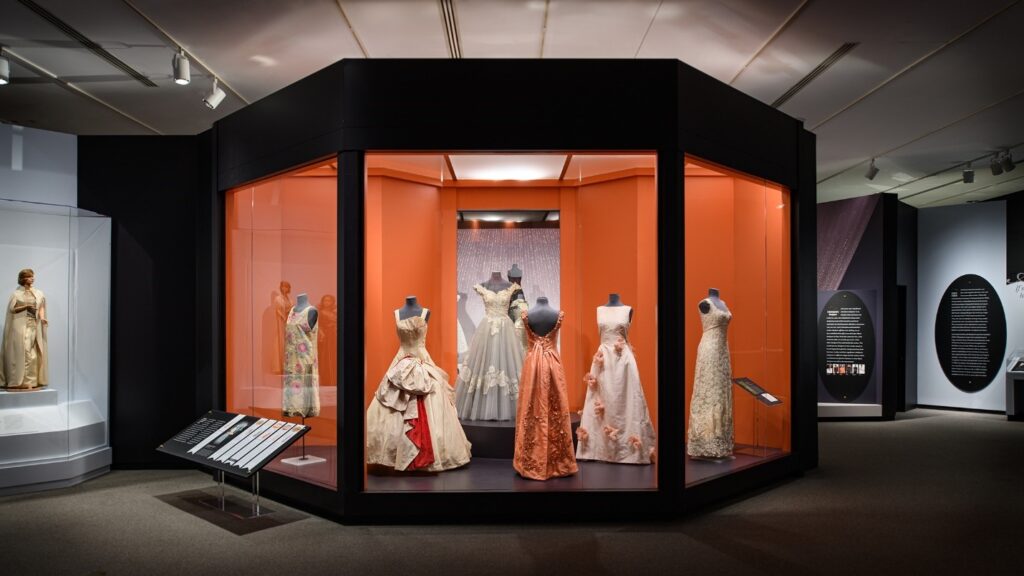
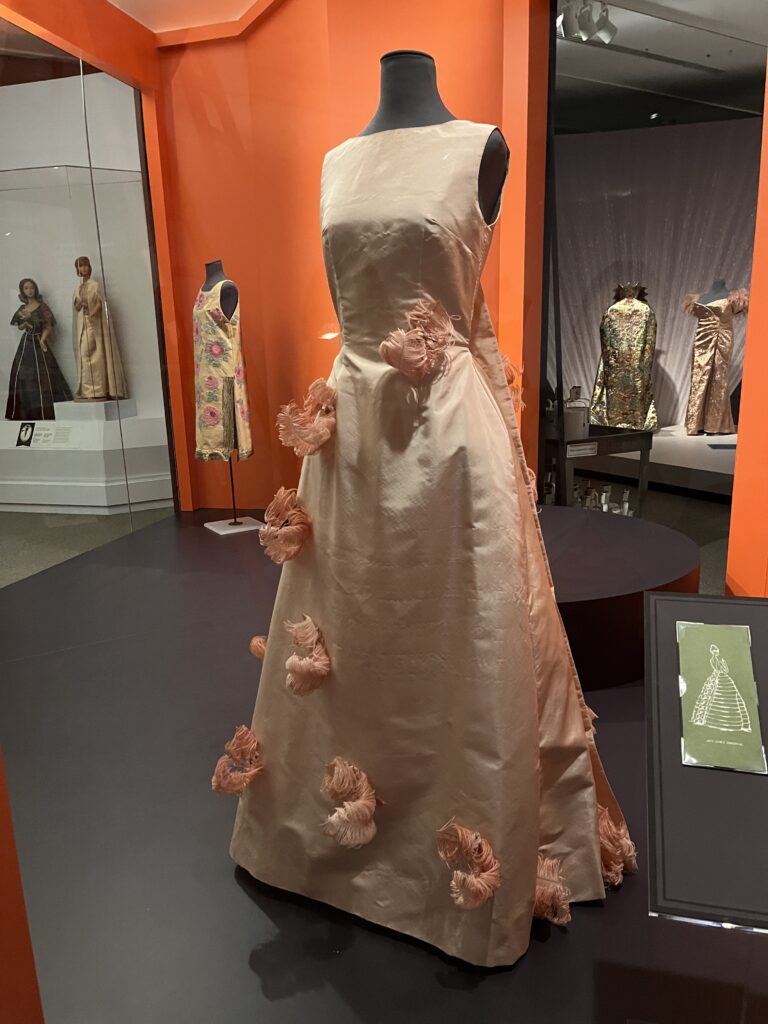
Unfortunately, though not unexpectedly, the original feathers on the gown had become fragile and flattened from both storage and time. In conversation with the lender, it was decided that new feathers would better represent the original intention for the dress design.
Someone had to undertake the painstaking process of recreating the authenticity of the original feathers, both in appearance and hue.
That job fell to Andrea Goldstein, a post-graduate textile conservation fellow working in the textile conservation lab at Winterthur.
As she worked on this process over the summer, she commented, “We really want to do justice to the nature of the dress as Lowe intended.”
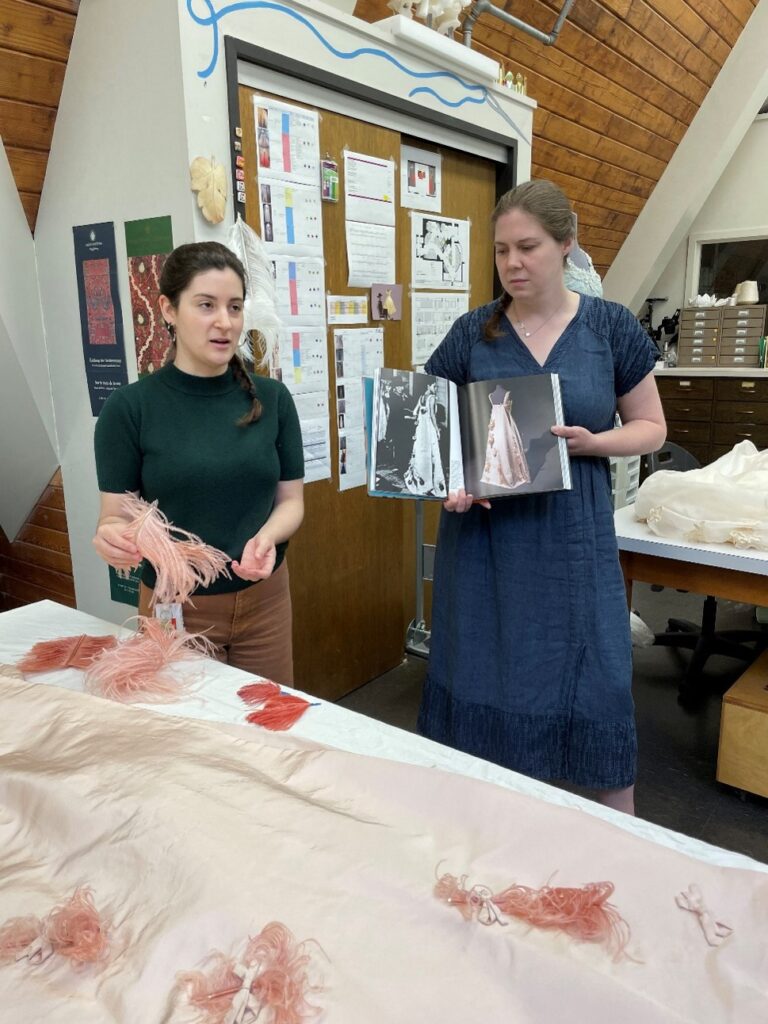
Goldstein’s first attempt at dyeing new feathers with acid dyes resulted in a shade of pink that was too dark and too red. With each following attempt, she subjected the feathers to different modifications to the dye recipe for varying lengths of time.
“I’ve been trying a few different color recipes,” Goldstein said.
Finally, after countless hours of dyeing feathers, spraying them with “conservation hairspray,” and curling them, with the assistance of volunteer Gail Bush, she succeeded.


In September as the exhibition opened, a film crew from the Costume Society of America was visiting the exhibition to tell Lowe’s story when they paused in front of the dress during a live webinar.
Kim Collison, curator of exhibitions, noted to the audience: “A real kudos to our conservation labs for the work that they did to recreate this dress.”
Webinar host Graham Wetzbarger, who had interviewed Goldstein weeks earlier, added his approval of how the feathers turned out.
“The feathers,” he said, “for being brand new, they certainly look ‘of the period.’ I think they did a great job of maintaining the integrity of a dress many decades old. It doesn’t pop out to you like, ‘Oh that’s been replaced.’”
Lowe’s dresses were one-of-a-kind.
For instance, a concert dress she created in the late 1960s had a bow at the rear of the dress off to one side so that the pianist could comfortably sit on a piano bench, according to Kate Sahmel, textile conservator and head of the textile conservation lab.
Also, many of Lowe’s dresses have low-cut backs, Sahmel observed.
“Lowe said she wanted a dance partner’s fingers to touch the woman’s skin instead of fabric so that dirt and oil wouldn’t transfer to the dress,” Sahmel said.
Lowe worked hard to satisfy her clients, no matter the level of detail.
That level of detail shines in the exhibition thanks to all those like Goldstein who worked on the show.
The 40 dresses will be on display at Winterthur until January 7, 2024.
